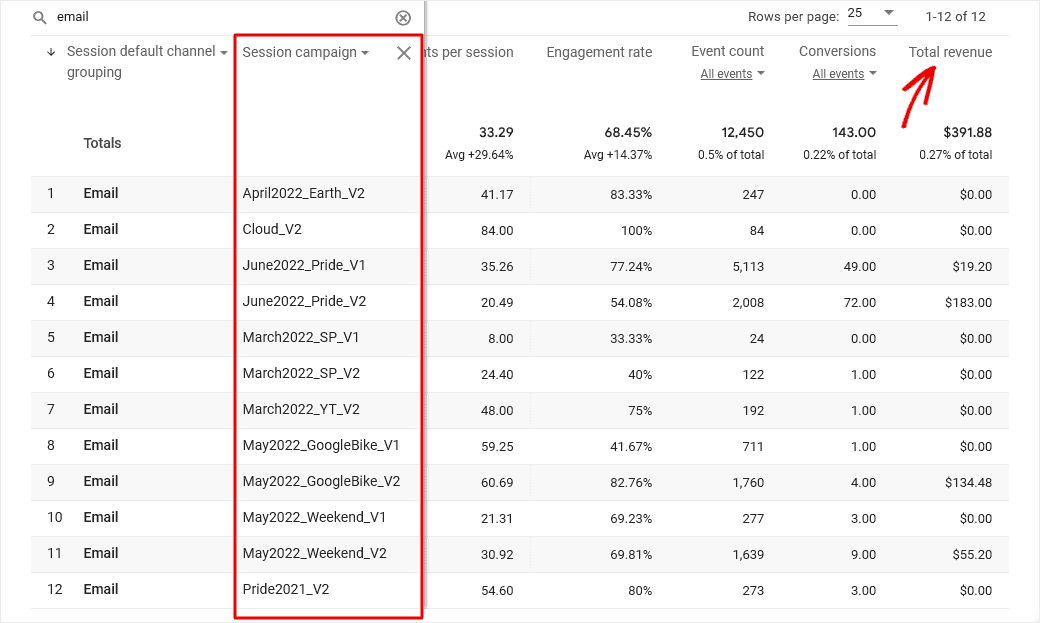When Does the Tracking Code Send an Event: A Comprehensive Overview
When Does the Tracking Code Send an Event: A Comprehensive Overview
Blog Article
Introducing the Substantial Abilities of Analytics: Discover What Google Analytics Can Track for Your Website Success
In the electronic landscape, the world of analytics stands as a beacon of understanding, supplying a wealth of data that can unveil the elaborate information of on-line communications. Google Analytics, an effective tool in this domain name, holds the vital to recognizing the efficiency of your internet site with precision and depth. From tracking user behavior patterns to dissecting the origins of your site traffic, Google Analytics comes up with a chest of details that can form your online methods. As we peel back the layers of its capabilities, a globe of opportunities emerges, promising to brighten the path to website success through careful measurement and evaluation.
Customer Actions Insights
Individual behavior understandings within Google Analytics offer beneficial data on just how individuals engage with an internet site, aiding in detailed evaluation and optimization strategies. These insights supply a deep understanding of user actions, choices, and patterns, enabling web site owners to make informed choices to improve the user experience and drive conversions - when does the tracking code send an event. By tracking metrics such as web page sights, session durations, bounce prices, and conversion rates, Google Analytics enables individuals to gauge the performance of their material and style elements
Moreover, Google Analytics can disclose the resources of web traffic, whether from natural search, social networks, references, or direct check outs. This information aids website proprietors tailor their advertising approaches to target high-performing networks and maximize projects for much better results. Recognizing user habits also includes analyzing the tools and internet browsers used to access the web site, supplying insights right into maximizing for various display sizes and platforms.
Web Traffic Source Evaluation
With insights on individual actions in hand, the focus moves in the direction of assessing the various resources that drive traffic to a site in Google Analytics. Recognizing where your web site web traffic comes from is essential for maximizing marketing strategies and enhancing total performance. Google Analytics gives thorough devices to track the traffic sources that bring site visitors to your site.

Moreover, Google Analytics allows you to dig much deeper into each web traffic source to reveal beneficial insights. By leveraging web traffic resource evaluation in Google Analytics, you can enhance the exposure and success of your website.
Conversion Price Surveillance
Conversion rate monitoring is a vital element of understanding the success of a website in transforming site visitors into clients. Google Analytics offers powerful devices to track conversion prices by establishing up goals pop over to this web-site and e-commerce monitoring.
Via Google Analytics, organizations can dive deeper into their conversion data by assessing metrics like conversion funnels, which reveal the actions customers take previously transforming. This understanding aids determine potential traffic jams in the conversion process, permitting targeted renovations to enhance conversion prices. Furthermore, click site Google Analytics offers the capacity to section conversion data based upon various measurements like web traffic sources or individual demographics, providing a thorough view of just how different sectors effect conversion rates.
Web Site Performance Metrics
Keeping track of these metrics allows businesses to recognize and correct any efficiency bottlenecks, ultimately boosting the general user experience and maximizing the web site's capacity for success. By leveraging devices like Google Analytics to track and examine these metrics, companies can make enlightened decisions to improve their web site performance and drive much better results.
Objective Monitoring and Optimization
To efficiently measure and boost the performance of a digital platform, implementing objective tracking and optimization strategies is essential. Objective monitoring in Google Analytics permits web site proprietors to specify particular actions they consider beneficial, such as e-newsletter sign-ups, product purchases, or type submissions. By establishing goals, organizations can track the conversion prices and recognize exactly how efficiently their site is directing customers in the direction of these desired more information outcomes.
Optimization, on the various other hand, entails examining data accumulated with objective monitoring to make informed choices on improving website efficiency. This procedure might include A/B screening various webpage elements, refining advertising strategies based on conversion data, or improving customer experience to enhance objective completion prices. Google Analytics gives important understandings right into individual actions, which can be leveraged to fine-tune the digital platform for maximum performance.
Conclusion
In final thought, Google Analytics uses a variety of abilities for tracking site success, including individual habits understandings, website traffic resource evaluation, conversion price surveillance, website performance metrics, and goal monitoring. By using these tools effectively, website proprietors can get important insights right into their audience, optimize their approaches, and enhance overall efficiency. With Google Analytics, services can make data-driven decisions to enhance their online presence and drive success.
Report this page